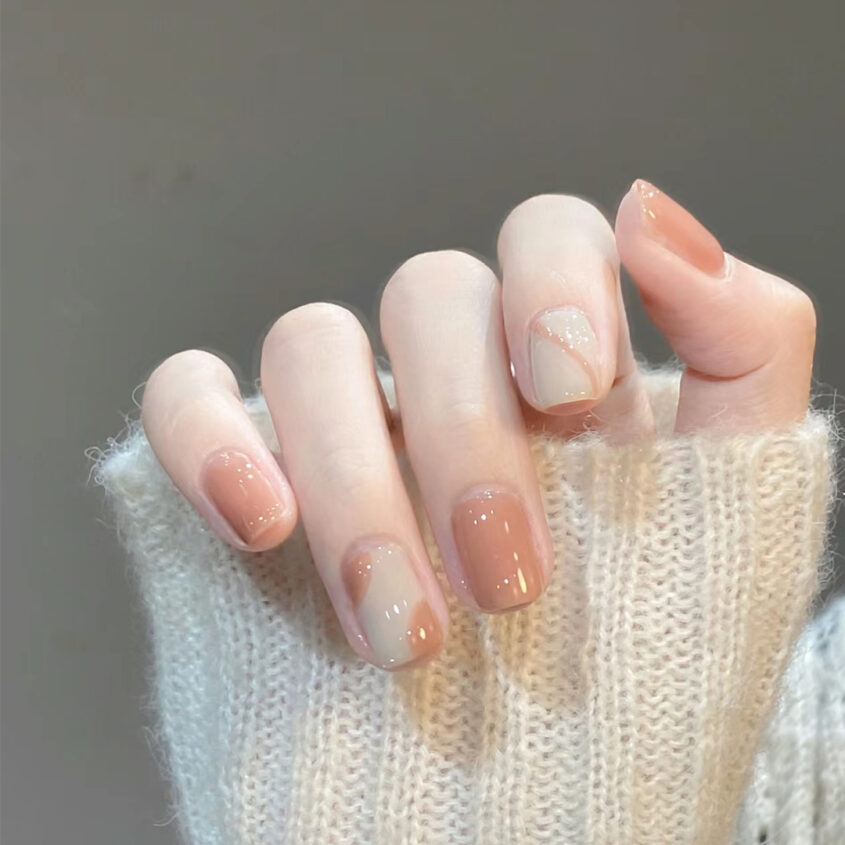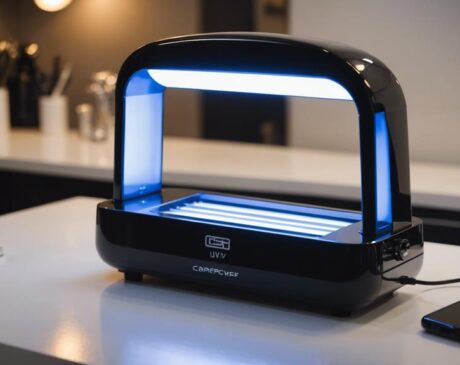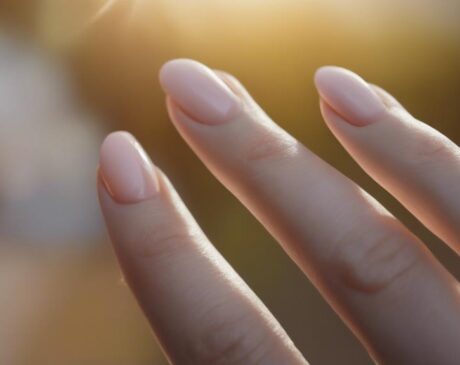How do you make homemade nail glue?

If you find that the adhesive isn’t sticking as well as you’d like, consider tweaking the formula by adding more clear nail polish or a strengthening agent. Making your own nail glue at home is not only a fun DIY project, but also a practical nail solution for art lovers. This section delves into the benefits of homemade nail glue and the ingredients typically used in its creation.
Benefits of using homemade nail glue
Homemade nail glue stands out for its affordability and adaptability. It is especially beneficial for people with sensitive skin or allergies to commercial products. With homemade glue, you have complete control over the ingredients, ensuring a safer and more personalized product.
Common Ingredients in Homemade Nail Glue
Standard ingredients in homemade nail glue include safe, non-toxic PVA (polyvinyl acetate) glue, and clear nail polish for added strength and durability. Depending on your needs, you can also add natural additives or enhancers to boost the properties of the glue.
Preparing to Make Nail Glue
Before you start making homemade nail glue, it’s important to understand the necessary safety measures and gather the right tools and ingredients for the job.
Safety instructions
Safety is of paramount importance. Make sure you work in a well-ventilated space and wear protective gloves to prevent any potential skin irritation. It is also wise to keep a first aid kit nearby in case of accidental spills or skin contact.
Necessary tools and ingredients
Prepare the ingredients: PVA glue, clear nail polish, and any other ingredients, such as rubber cement for extra strength. You’ll also need a clean mixing bowl, a mixing tool, and a suitable storage container for the finished product.
Step-by-Step Guide to Making Nail Glue
This comprehensive guide will walk you through the basic recipes for making homemade nail glue as well as advanced recipes for those looking for a stronger hold.
Basic Homemade Nail Glue Recipe
Combine equal parts PVA glue and clear nail polish in a bowl. Stir the mixture until it reaches a smooth consistency, similar to commercial nail glue. This basic formula is perfect for everyday nail applications.
Advanced Formulation for Enhanced Grip
For stronger glue for longer-lasting nail applications, add a small amount of rubber cement or cyanoacrylate (Power Glue) to the basic mixture. Pay attention to the proportions to avoid skin irritation.
Application and Usage Tips
Proper application of homemade nail glue is critical to its effectiveness. Follow the tips below for smooth application and long-lasting adhesion.
Applying Homemade Nail Glue
Use a small brush or applicator to apply a thin, even layer of glue to your nails to ensure precision. Carefully press the artificial nail or decoration onto the nail and hold for a few seconds to ensure a strong bond.
Tips for prolonging adhesion
To maximize the life of your manicure, keep your hands dry for a few hours after application. Applying a top coat to your nails can also help seal the adhesive and extend its wear time.
Frequently Asked Questions Troubleshooting
Here we address some of the typical problems you may encounter when using homemade nail glue, such as weak adhesion or difficult removal.
Holland International Group Additives. The consistency of the glue can greatly affect its effectiveness.
Removing Homemade Nail Glue Safely
To remove homemade nail glue without damaging your natural nails, immerse your hands in warm soapy water for 10-15 minutes. Gently shake the artificial nails or decorations to loosen them. Avoid using strong or sharp tools to pry them off.
Comparing Homemade and Commercial Nail Glue
In this section, we will explore the differences between homemade and commercial nail glue, including cost considerations and health implications.
Cost-benefit analysis
Homemade nail glue is much cheaper than commercial alternatives. However, depending on the formula used, reapplication may be required more frequently.
Health and safety considerations
Homemade nail glue usually contains fewer harsh chemicals, making it a safer option for people with sensitive skin. However, it is important to be aware of individual allergies to the ingredients used.
Creative Uses for Homemade Nail Glue
Explore the versatility of homemade nail glue with ideas that go beyond traditional nail art, such as small-scale crafts or jewelry restoration.
Storage and Shelf Life
Proper storage is essential to maintaining the effectiveness of homemade nail glue.
Storage Best Practices
Store glue in an airtight container in a cool, dry place. Exposure to air or moisture can damage its quality.
Determine Shelf Life
The shelf life of homemade nail glue varies depending on the ingredients used, but it usually lasts a few months. Check the consistency and effectiveness of the glue regularly.
Environmental impact and sustainability
Discussing the environmental friendliness of homemade nail glue emphasizes its advantages over commercial products, which often contain harsh chemicals and come in non-recyclable packaging.
Homemade nail glue is an innovative, economical, and environmentally friendly option for nail care enthusiasts. With proper preparation and application, it can be a reliable alternative to store-bought products.
Frequently Asked Questions
Can I make a non-toxic version of Homemade Nail Glue?
Yes, a non-toxic version can be created using PVA glue and natural additives.
How can I be sure that my homemade nail glue is as strong as commercial glue?
Experiment with the ratio of reinforcements such as PVA glue, clear nail polish and rubber cement to increase the strength of the glue.
Can I make homemade nail glue without PVA glue?
PVA glue is the key ingredient in homemade nail glue but substitutes such as gelatin can be used in some recipes.
How do I know if my homemade nail glue has expired?
If the glue changes in consistency, or color or loses its bonding properties, it is likely to have expired.
Can homemade nail glue be used to repair broken nails?
Yes, it can be used for temporary repairs, but it is not a substitute for proper nail care and repair.




